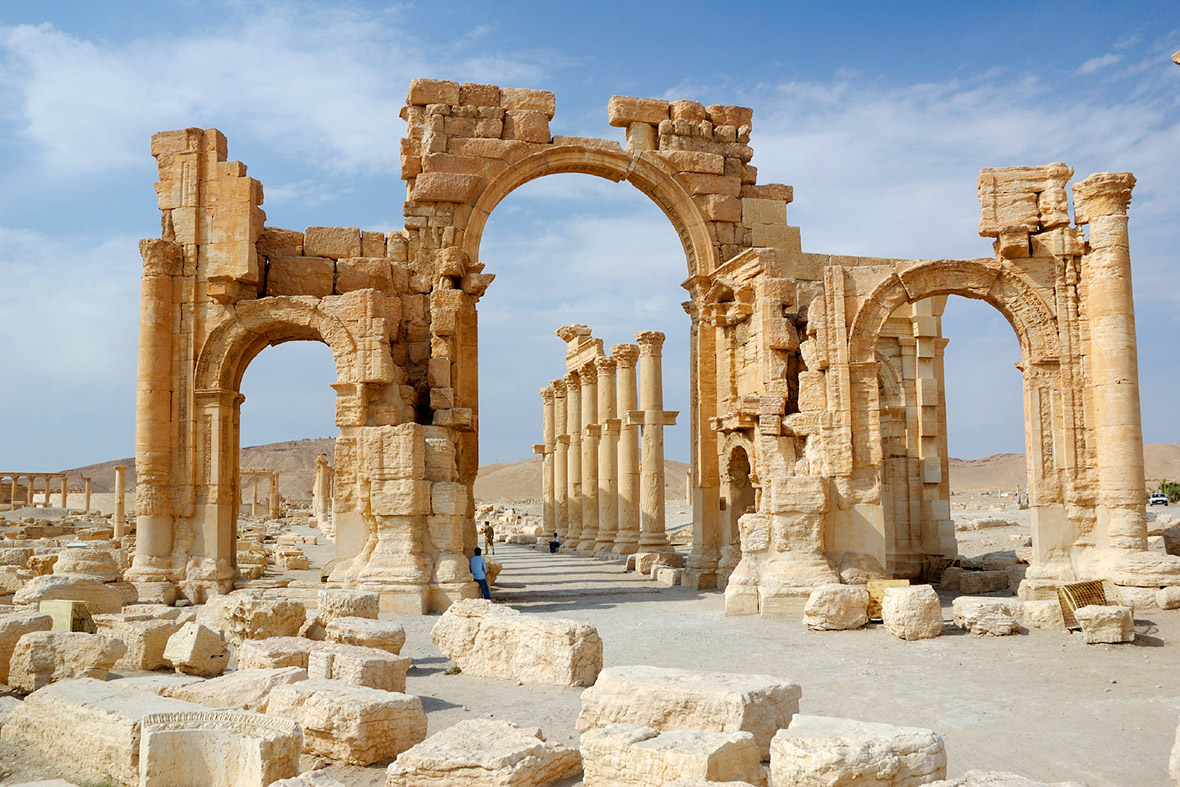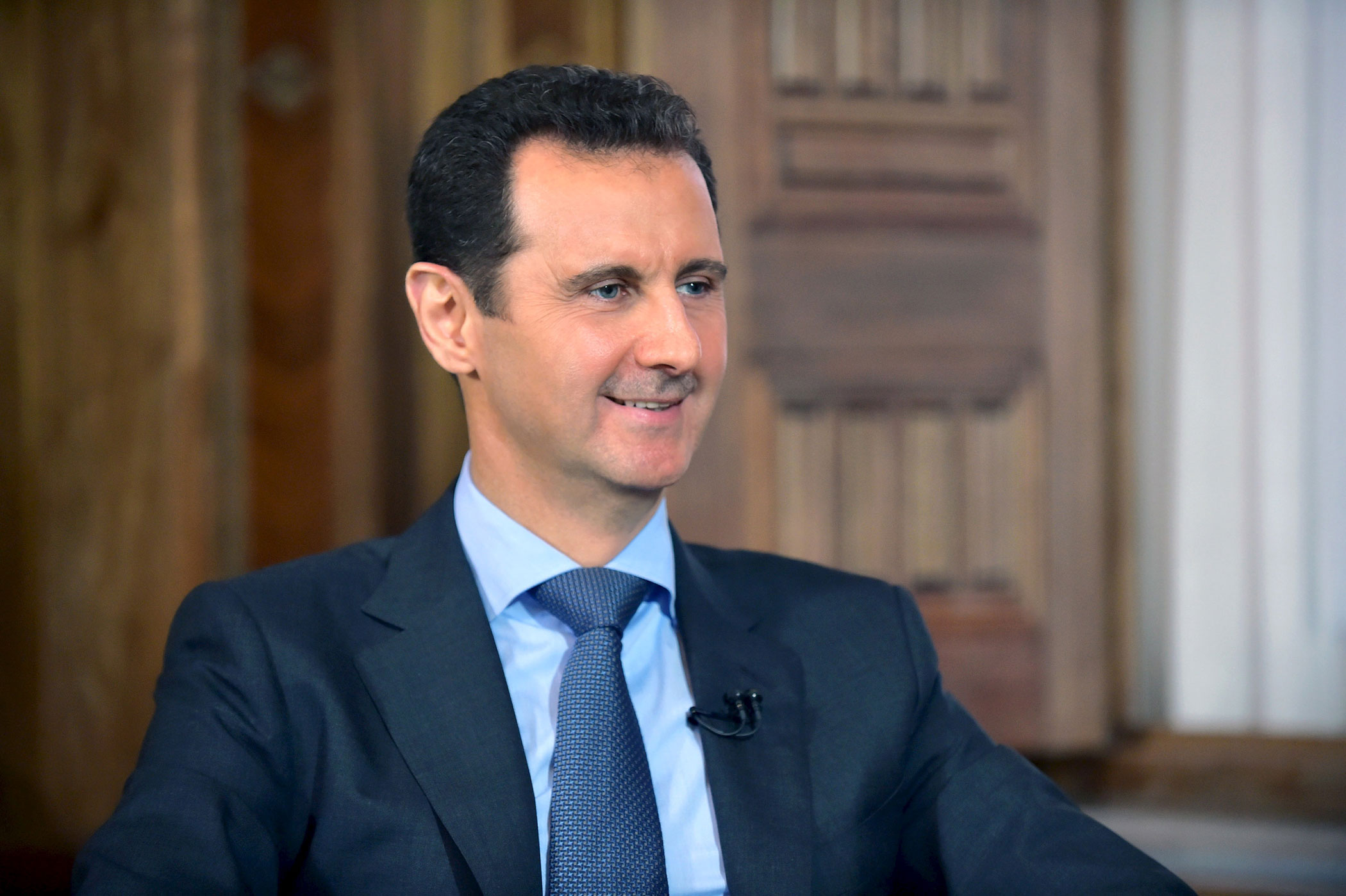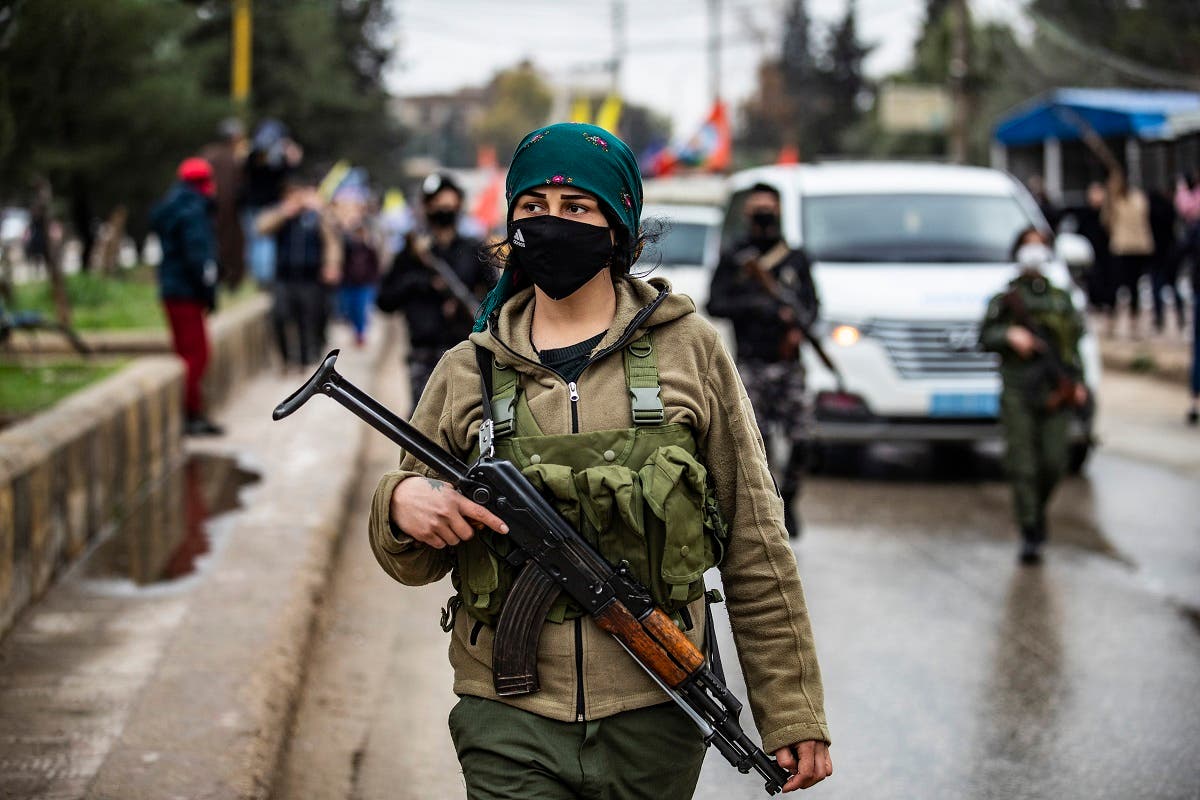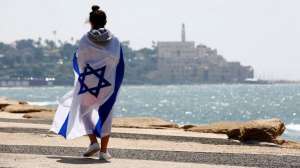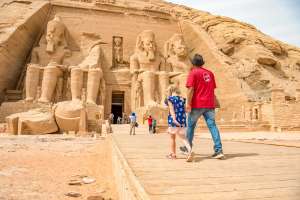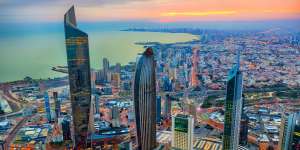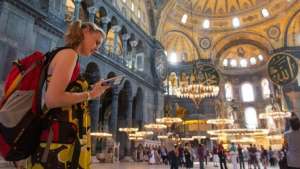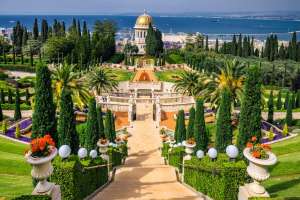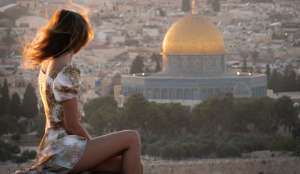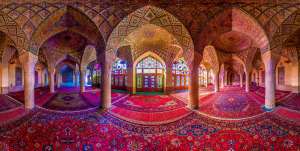Syria stands at the crossroads of humanity’s story—a land where civilization first learned to write, build, trade, and dream. Few places on Earth have witnessed as many empires rise and fall upon the same soil. From the dawn of agriculture to the birth of alphabets, from the temples of ancient Mesopotamia to the bustling courts of Islamic dynasties, Syria has carried the weight of human progress for more than ten millennia. Its cities—Damascus, Aleppo, Ebla, and Palmyra—are not merely old names in history books; they are living archives of humankind’s endurance and creativity.
Across centuries, the region has been shaped by conquerors and pilgrims, prophets and philosophers, merchants and monarchs. Every era has left its mark: Roman roads still snake through Syrian hills, Umayyad minarets rise above Byzantine foundations, and Ottoman caravans once passed where bustling highways run today. Each civilization left behind traces of its glory and scars of its decline, creating a cultural landscape richer and more layered than perhaps anywhere else in the world.
Yet Syria’s story is not only one of greatness and grandeur. It is also one of survival—of people who have rebuilt their homes, their faith, and their future again and again in the face of earthquakes, invasions, and wars. The same rivers that nourished ancient kingdoms still flow past ruins of lost empires and modern cities reborn from dust. Through triumph and tragedy, Syria has remained a vital thread in the fabric of world history, a place where the past refuses to stay buried and continues to shape the identity of its people today.
This is the long, intricate history of Syria—a chronicle of resilience, innovation, and renewal stretching from the first human settlements to the turbulent politics of the twenty-first century.
Ancient Syria

Long before recorded history, people thrived on the lands that now make up Syria. The region lies in the Fertile Crescent, often called the cradle of civilization, where early humans began to cultivate crops, domesticate animals, and build permanent homes. Archaeologists have uncovered traces of Neolithic communities that lived off the land more than ten thousand years ago—evidence of early agriculture, pottery, and trade that would later fuel the rise of great cities.
Among these cities was Ebla, an ancient kingdom that flourished around 3,000 BCE in what is now northern Syria. Excavations revealed an extraordinary cache of clay tablets inscribed in one of the world’s earliest written languages. These tablets recorded trade deals, royal decrees, and diplomatic exchanges, proving that Ebla was not some isolated outpost but a vibrant power in early Middle Eastern history.

Because of its strategic location between Mesopotamia, Anatolia, and Egypt, Syria became a coveted land for conquerors and traders alike. Over millennia, it passed through the hands of Sumerians, Hittites, Akkadians, Assyrians, Babylonians, and Persians. Each empire left behind its own layer of influence—temples, inscriptions, fortifications, and art that still speak to Syria’s role as a crossroads of civilization.
The Persians were eventually replaced by the Greeks after the conquests of Alexander the Great in the 4th century BCE. The Greek word “Syria” likely derived from “Assyria,” and it was during this period that the region’s identity under that name began to take hold. When Alexander’s empire broke apart, Syria became part of the Seleucid realm, centered on the great city of Antioch, one of the most cosmopolitan urban centers of the ancient world.
In 64 BCE, the Roman general Pompey annexed the area, turning it into a Roman province. Roman rule transformed Syrian cities with grand theaters, temples, aqueducts, and roads that tied the region firmly into the Mediterranean world. Cities such as Palmyra, Bosra, and Damascus prospered as commercial hubs linking Rome to Persia, India, and Arabia.
Syria also became deeply tied to early Christianity. The conversion of Paul the Apostle on the road to Damascus was one of the defining moments of the new faith. Antioch became an early center of Christian thought and worship, and it was here that followers of Jesus were first called Christians.
As the Roman Empire split in two, Syria became part of the Byzantine Empire, preserving its position as a vital center of trade, theology, and art. Then, in the 7th century, Arab Muslim armies swept across the land, marking the beginning of a new era. Damascus soon rose as the capital of the powerful Umayyad Caliphate, which ruled an empire stretching from Spain to India.

During this golden age, Damascus was among the most magnificent cities of the world. Scholars, poets, and architects filled its streets; the Great Mosque of Damascus, completed in 715 CE, remains one of Islam’s most celebrated structures. Christians and Jews lived under Muslim rule and contributed to the city’s cultural and intellectual life. The harmony of faiths and the wealth of knowledge produced during this time made Syria a beacon of civilization.
The Middle Ages
When the Abbasid Caliphs moved the imperial capital from Damascus to Baghdad in 750, Syria’s political importance declined, though its cities remained vibrant centers of trade and craftsmanship. Over the next centuries, the land became the focus of rivalry between local dynasties and foreign powers. The Byzantines, Fatimids, and Hamdanids each sought to control the region, leading to shifting alliances and constant warfare.
By the 11th century, the Seljuk Turks had seized power. Not long after, the Crusades erupted, drawing Western knights and armies into the Holy Land. The struggle between Christian Crusaders and Muslim forces raged for centuries, turning Syrian fortresses and cities into battlegrounds.
Eventually, the Ayyubid dynasty, founded by the Kurdish leader Saladin, took control in 1185. Under his rule, Syria became united with Egypt, and Damascus regained prominence as an administrative and military base. Yet the peace was fragile. Mongol invasions, Mamluk campaigns, and internal power struggles followed one another relentlessly.
By 1400, the Central Asian conqueror Timur (Tamerlane) invaded Syria, capturing Damascus. His forces massacred much of the population, though he famously spared and deported many artisans and craftsmen to his capital at Samarkand to enrich his empire. The devastation left deep scars, but Syria’s cultural legacy endured in the skills and traditions carried by its displaced people.

In 1516, the Ottoman Turks swept through the region, incorporating Syria into their vast empire. Under Ottoman rule, the territory that now includes modern Syria, Lebanon, Jordan, Israel, and parts of Iraq and Turkey experienced a long stretch of relative stability. For centuries, the Ottomans governed through local elites and religious communities, allowing cities like Aleppo and Damascus to thrive as centers of commerce and craftsmanship. The empire’s reach connected Syria to Europe, North Africa, and the Arabian Peninsula, helping it remain a vital trade corridor for centuries.
The 20th Century
As the Ottoman Empire weakened in the 19th century, Western powers began vying for influence over its lands. The First World War brought this competition to a head. The 1916 Sykes-Picot Agreement secretly divided Ottoman territories between France and Britain, redrawing the map of the Middle East. When Arab and British forces captured Damascus in 1918, Syrian hopes for independence were high—but their aspirations were quickly dashed when France claimed authority over the region under a League of Nations mandate.

French rule, established in 1920, sparked deep resentment. Syrians opposed colonial control, and by 1925, a major revolt—later known as the Great Syrian Revolt—erupted across the country. Though it spread into Lebanon and gained widespread support, the uprising was brutally suppressed by French forces.
The following years brought continued unrest. In 1928, Syrians elected a constituent assembly and drafted a constitution calling for independence, but France refused to approve it. Tensions escalated again until 1936, when France and Syria signed a treaty promising eventual independence. Yet the French never ratified it, and the onset of World War II complicated matters further. When France fell to the Axis powers, Syria briefly came under Vichy control before being seized by Allied forces in 1941.

Syria was recognized as an independent republic in 1944, but full sovereignty only came after the final withdrawal of French troops in 1946. Independence brought hope, but not stability. Between 1946 and the late 1950s, the young nation saw a dizzying succession of governments—around 20 different cabinets and four constitutions in just over a decade.
In 1948, Syria joined its Arab neighbors in opposing the creation of Israel, leading to the first Arab-Israeli war. The outcome was disastrous for the Arab side, and in Syria, frustration with political weakness and corruption paved the way for military intervention. The country experienced multiple coups in rapid succession, beginning in 1949—marking the first military takeover in the post–World War II Arab world.

Throughout the 1950s, Syria’s politics were dominated by the military, not the parliament. During the Suez Crisis in 1956, the country aligned with the Soviet Union, securing arms and military assistance in exchange for strategic cooperation. This partnership angered neighboring Turkey but drew Syria closer to Egypt’s socialist leadership under Gamal Abdel Nasser.
For a brief time, the two countries merged to form the United Arab Republic in 1958. The union, however, was short-lived—Syrians grew disillusioned with Egyptian dominance and withdrew just three years later. The 1960s were marked by further coups, violent power struggles, and the rise of the Ba’ath Party, which promoted Arab nationalism and socialism. Tensions with Israel over the Golan Heights intensified, and Syria’s political climate became increasingly authoritarian.
By 1970, the Defense Minister, Hafez al-Assad, seized power in a bloodless coup, beginning a long era of centralized rule that would shape Syria for decades.
Bashar al-Assad
When Hafez al-Assad died in 2000, his son Bashar inherited the presidency at the age of 34. A trained ophthalmologist who had studied in London, Bashar was not originally groomed for leadership—his elder brother Bassel had been the designated heir until his untimely death in a car accident in 1994.
To allow Bashar’s succession, the Syrian constitution was amended, lowering the minimum presidential age from 40 to 34. Many Syrians initially viewed him as a potential reformer. His first months in power brought the release of hundreds of political prisoners and a promise of modernization. Yet optimism quickly faded. Within a year, the government cracked down on pro-reform movements, signaling the continuation of authoritarian rule under a new generation of Assad leadership.

The following years strained Syria’s international relations. In 2002, the United States accused the government of pursuing weapons of mass destruction and placed Syria among what it called the “Axis of Evil.” Relations worsened after the 2005 assassination of Lebanese Prime Minister Rafic Hariri, an event that Western nations widely blamed on Damascus.
Despite brief diplomatic openings, Syria faced renewed sanctions by 2010, with accusations of supporting militant groups. Internally, dissatisfaction deepened as corruption, economic stagnation, and repression persisted. Then came the Arab Spring of 2011—a wave of uprisings across the Middle East that would soon ignite Syria’s most devastating chapter.
Syrian Civil War

The unrest began in March 2011, when a group of teenagers in the southern city of Daraa were arrested and tortured for painting anti-government graffiti on school walls—an act inspired by the uprisings in Tunisia and Egypt. What began as peaceful protests demanding reform quickly escalated into nationwide demonstrations after security forces responded with live ammunition and mass arrests.
Crowds filled the streets of cities such as Homs, Hama, Aleppo, and Damascus, calling for freedom, dignity, and the end of decades of dictatorship. The government’s violent suppression of dissent turned these protests into open rebellion. By mid-2011, defectors from the Syrian army had formed the Free Syrian Army (FSA), and armed clashes broke out across the country.
By 2012, the uprising had transformed into a full-scale civil war. Neighborhoods were shelled, cities divided, and millions forced to flee their homes. The frontlines shifted constantly as rebel groups, government forces, and militias fought for control. Over time, the conflict grew even more complex, with the rise of extremist organizations such as al-Qaeda’s Syrian affiliate and later the Islamic State group (ISIS).
Chemical attacks, sieges, and airstrikes became grim hallmarks of the war. In August 2013, hundreds were killed in a chemical weapons assault near Damascus. Western nations accused the Assad government of using sarin gas against civilians, though the regime denied responsibility and blamed rebel factions. The United States and its allies debated military intervention but ultimately refrained from launching a full-scale assault.
In 2014, ISIS took advantage of the chaos to seize large areas of Syria and neighboring Iraq, declaring a “caliphate” and spreading terror through brutal executions and oppression. The U.S.-led coalition responded with airstrikes targeting ISIS strongholds, while Russia and Iran stepped in more forcefully to support the Syrian government.
Russia’s direct military intervention in 2015 shifted the balance of the war. Backed by Russian airpower and Iranian militias, Assad’s forces regained major cities, including Aleppo in 2016, following years of siege and devastation. The urban ruins became a haunting symbol of the human cost of the conflict.
In April 2017, the United States launched missile strikes on Syrian military targets in retaliation for another chemical attack on civilians. Though symbolic, these strikes underscored the deep international divisions surrounding Syria’s war—each power pursuing its own agenda while the country itself bled.
The fighting left much of the nation in ruins. More than half a million people were killed or went missing, according to humanitarian estimates, and millions more were displaced. The civil war not only fractured Syria’s territory but also its social fabric, dividing communities that had lived side by side for centuries.
Syrian Refugees
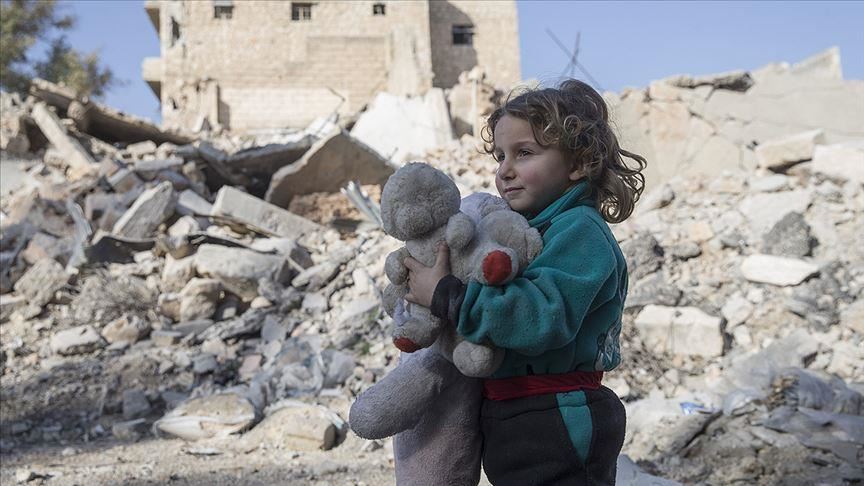
The war triggered one of the largest refugee crises in modern history. More than 13 million Syrians—well over half of the country’s pre-war population—were forced to leave their homes. Of these, about 6.8 million remain internally displaced, while over 5.5 million fled abroad.
Most refugees found temporary safety in neighboring countries such as Turkey, Lebanon, and Jordan. Turkey alone hosts more than 3.6 million Syrians, making it the largest refugee-hosting nation in the world. Lebanon and Jordan, with far smaller populations, have struggled to provide resources for the millions who arrived seeking safety. Others have sought refuge in Iraq and Egypt, and hundreds of thousands made the perilous journey to Europe, where Germany and Sweden accepted significant numbers of asylum seekers.
The humanitarian consequences have been staggering. Refugee camps overflow, healthcare and education systems in host countries are overwhelmed, and millions of children have grown up knowing nothing but displacement. Many Syrian families live in poverty, relying on international aid for food, water, and shelter. Despite assistance from organizations such as the UNHCR and World Vision, funding gaps remain severe, leaving countless people vulnerable.
Meanwhile, inside Syria, entire cities have been reduced to rubble. Infrastructure, hospitals, and schools lie in ruins. The destruction has reversed decades of progress and created one of the most difficult environments for rebuilding in recent history.
The Current Situation in Syria
More than fourteen years after the war first erupted, Syria in 2025 stands between exhaustion and fragile recovery. The guns are quieter now, yet the wounds—social, political, and physical—run deep across every province.
Ahmed al-Sharaa was sworn in as interim president in January 2025, following the collapse of Bashar al-Assad’s decades-long rule. In March 2025, a transitional cabinet was announced in an effort to begin national reconciliation and pave the way for long-delayed reforms. Many Syrians greeted this change with cautious hope, though the challenges facing the new leadership remain immense: rebuilding a country shattered by years of war, displacement, and isolation.
Today, the map of Syria is still divided. The transitional government controls most major cities such as Damascus, Aleppo, Homs, and Latakia, but large parts of the northeast remain under Kurdish-led administration through the Syrian Democratic Forces. In the northwest, territories are held by HTS-linked authorities and Turkish-backed groups around Idlib and the border areas. Sporadic clashes continue, and Israeli airstrikes targeting Iranian-linked sites remain frequent reminders that the conflict’s embers are far from extinguished.
The economy is in ruins. Inflation has eroded nearly all purchasing power, and the Syrian pound—despite limited redenomination efforts in mid-2025—remains worth only a fraction of its former value. According to recent World Bank estimates, rebuilding the country from the destruction between 2011 and 2024 could cost approximately 216 billion US dollars. Unemployment remains widespread, industries are barely functioning, and shortages of electricity, fuel, and medicine affect nearly every household.
The humanitarian crisis continues to be staggering. Roughly seventeen million Syrians now require some form of assistance, and about 6.3 million people remain displaced within the country. Millions of others live as refugees across Turkey, Lebanon, Jordan, and Europe, many struggling to secure permanent status or decent living conditions. Inside Syria, poverty has reached record highs, with more than ninety percent of citizens surviving below the poverty line. In many towns, bread, clean water, and healthcare are difficult to find, and schools and hospitals operate only intermittently.
Yet despite the despair, there are signs of quiet perseverance. In parts of Damascus and Aleppo, reconstruction of homes and historical buildings has begun again. ``` Small local charities, community groups, and a few international organizations are trying to rebuild basic infrastructure and revive local economies. Farmers are returning to their fields, markets are reopening, and the faint rhythm of ordinary life is starting to return.
Syria in 2025 remains far from stable, but it is no longer the chaos it once was. Large-scale fighting has subsided, though localized clashes persist in the north and cross-border strikes continue. What defines Syria now is a slow struggle for recovery—an attempt by ordinary people to rebuild their lives, restore dignity, and reclaim a future that war once took away.


